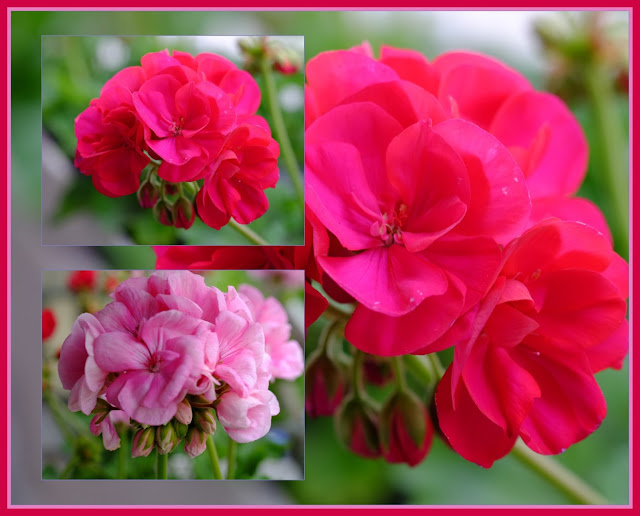I have been doing my level best this field season to focus on surveying for dragonflies. It's the final year of the three-year Ohio Dragonfly Survey, and our last crack at fleshing out the distribution and status of Ohio's Odonata (damselflies and dragonflies). If you photograph these insects in Ohio, we'd love to have your records and they're very easy to submit. CLICK HERE for instructions.
A Carolina saddlebags, Tramea carolina, moors to an old plant stalk. It's been a good year for these.
I had the good fortune of making a recent foray into various west-central Ohio haunts with uber-dragonflier Jim Lemon. He's submitted over 7,000 records to the Ohio Dragonfly Survey to date, a remarkably prolific effort and far beyond anyone else. This was one of the special species Jim showed me, a jade clubtail, Arigomphus submedianus. Lemon discovered it along the shore of Lake Loramie in Auglaize and Shelby counties last year. It was a new Ohio record, one of a number of state firsts for him.
Jade clubtail's core range is the Great Plains states, well to the west of Ohio. The habitat where Jim found this species is utterly common - shorelines of a large lake, often armored with riprap or with only a fringe of unmowed vegetation. It would seem likely that these showy clubtails inhabit other Ohio lakes, especially in the western part of the state, but no one has yet found others.
As always, click the photo to enlarge
An odd perspective on a slender spreadwing, Lestes rectangularis. This group of damselflies is noted for the wide separation between the eyes, as can clearly be seen here. The animal is perched on the stem of a rush, and was cooperative enough to allow me to sneak into position to make this shot.
Another slender spreadwing, this one carrying a complement of water mites. Such parasitism is very common in damselflies, with the larval mites appearing as tiny reddish-orange bumps on the abdomen, usually towards the base. Apparently newly hatched mites first invade the aquatic larvae of damselflies, and when a larva leaves the water and emerges from its larval case, the mites jump to the teneral (newly emergent) damselfly. Later, when the damselfly enters or nears water to mate or lay eggs, the mites hop into the water where they live out the rest of their life cycle. While the larval water mites do siphon body fluids from the damselfly host via feeding tubes, I don't believe they normally do much harm to the host.
A sphagnum sprite, Nehalennia gracilis, one of our smallest (the smallest?) damsels. They're less than an inch long, and very easily overlooked. Jim also showed me a population of these enchanting little bugs, at a beautiful fen. Sure enough, the small zone supporting these sprites was rich in sphagnum moss. Perhaps the sprites oviposit into the sphagnum and the nymphs then inhabit it, but I'm not sure about this.
Finally, a very common species, and one of our largest and showiest, the twelve-spotted skimmer, Libellula pulchella (pulchella means, essentially, beautiful or pretty). One perk of participating in this survey is the numerous opportunities to photograph these gorgeous insects. Not only that, but highly predacious dragonflies are fascinating to observe. Their powers of flight are often astonishing, and the pursuit of "dragonflying" reminds me of birding in many ways.
Again, for more information about the Ohio Dragonfly Survey, GO HERE.





































































